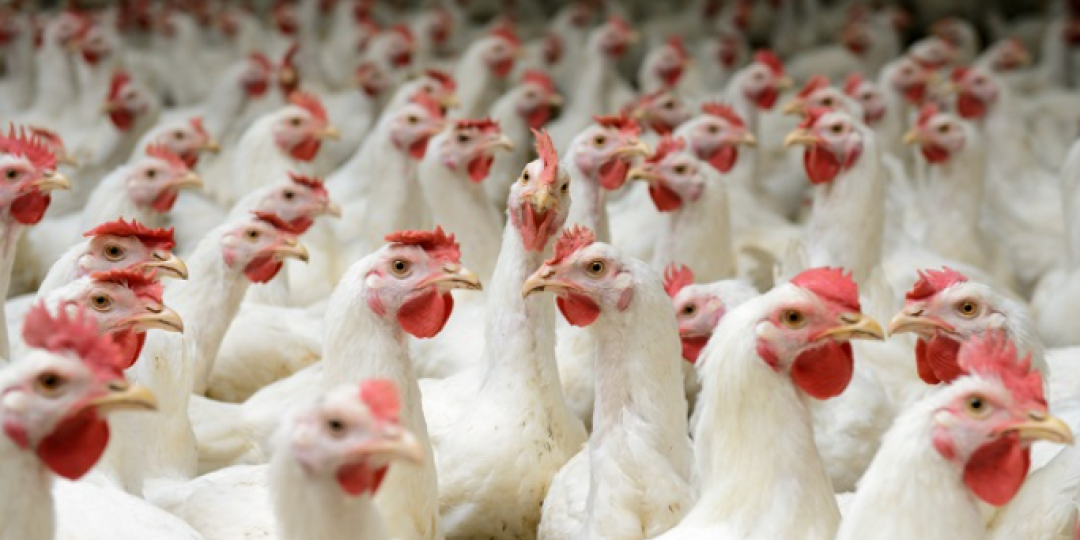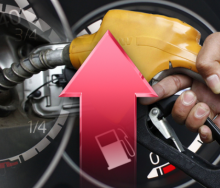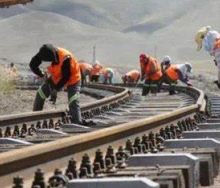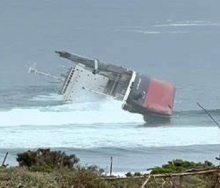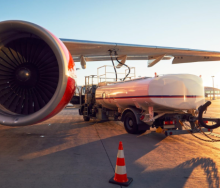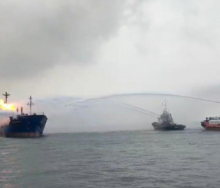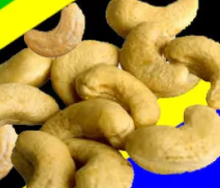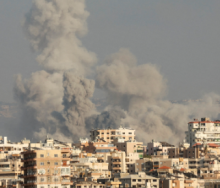South Africa’s poultry industry suffered losses of about R9.5 billion from last year’s H5 and H7 outbreak of highly pathogenic avian influenza virus (HPAIV), but the importation of 150 million breeding eggs since October has buffered the industry.
According to the South African Poultry Association (Sapa), the R60bn-strong industry lost 30% of its breeding hens and 20% of its layers.
However, although the shortage of eggs towards the fourth quarter (Q4) of last year translated into a noticeable increase in the price of eggs, it wasn’t as severe as initially reported by the mainstream media.
Sapa said resilience within the industry had been reflected in last year’s price dynamics.
The association said that the price increase of 5.4% during this period was in keeping with end-of-year trends and had decreased in January as usual.
Importing breeding eggs that produce chicks ready to be absorbed by the supply chain cycle over a five-week period helped buffer consumers against the feared impacts of bird flu.
As a result, Sapa is questioning the government’s decision to decrease tariffs on poultry imports, which the association argues could compromise job creation in the second-biggest sub-sector of the agricultural industry.
Poultry importers, though, are using statistics to support their case for bringing cheaper chicken into the country.
Inflation figures from Q4 show that the price of eggs rose by 38%, while fresh and frozen chicken pieces – the latter being imported poultry mainly – now cost 14.6% and 6.5% more, respectively.
Importers have welcomed the Department of Trade, Industry and Competition’s import tariff reduction, spurred by a recommendation of the International Trade Administration Commission, contending that it will protect lower-end consumers.
The 9.5 million chickens culled during last year’s bird flu outbreak outstrips the 3.5m and 1.5m destroyed to curb outbreaks in 2021 and 2017, respectively.
South Africa’s poultry sector could take up to 12 months to recover from last year’s outbreak, officially the worst on record.
According to Sapa, there are three internationally recognised vaccines for HPAIV, all of which are used to fight H5.
The local industry had to develop a separate vaccine for H7.
